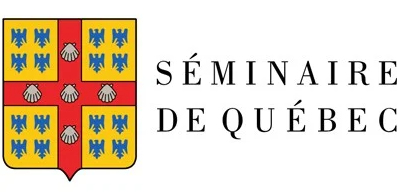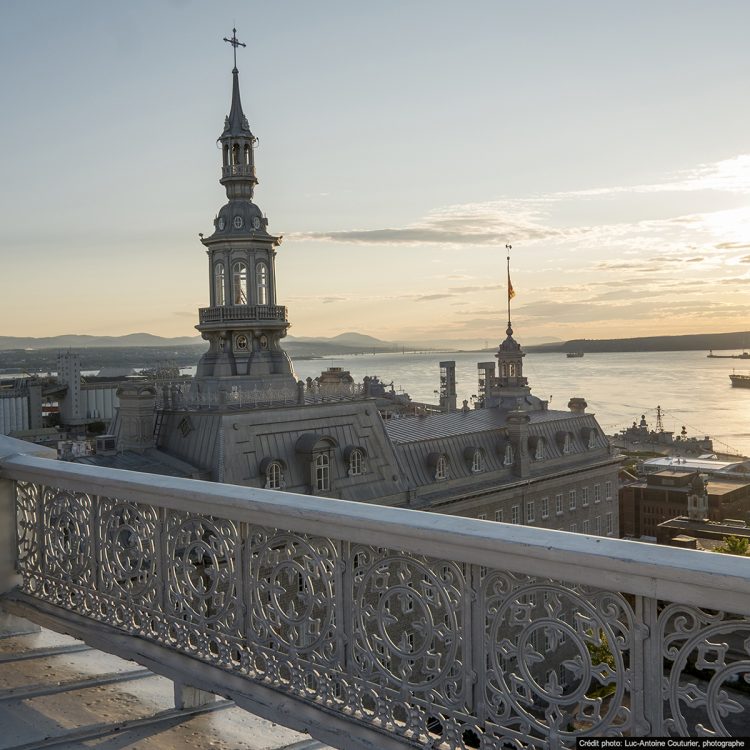
Le Séminaire de Québec was founded on March 26, 1663 by saint François de Laval. Originally, the mission of this priests community was to serve the clergy and to work actively for the evangelization of the colony. The teaching given at Le Grand Séminaire was primarily dedicated to the training of future priests of New France. In 1668, Le Petit Séminaire was founded, in order to offer a more accessible springboard for pupils aiming to continue their studies towards Le Grand Séminaire.
Le Séminaire de Québec had a positive impact on the formation of young Quebecers. This rich vocation was reinforced in 1763, when the Treaty of Paris affirmed that higher education should henceforth be entrusted to the priests of the Seminary. Following this decree, le Séminaire de Québec founded L’Université Laval in 1852, then, its Montreal branch in 1878, which would become L’Université de Montréal.
At the same time, Le Séminaire de Québec has also acted as a leader in the conservation of cultural heritage. Over the years, the priests community has accumulated an impressive collection of artworks, scientific objects and archives. Ultimately, this rich collection was brought to light in a museum, le Musée du Séminaire, in 1875. This museum was operated by le Séminaire de Québec until 1995. Since then, the collection has been entrusted to the Musée de la Civilisation.
Finally, le Séminaire de Québec also leaves its marks into Quebec City landscape through its architecture. Its buildings, built between 1675 and 1868, have been witnesses to the different eras and occupation periods of the City. The Old Seminary, surrounding the interior courtyard, is part of the oldest architectural heritage in Quebec City. Built on the site of Louis Hébert’s farm (Quebec City very first settlement), it was first erected during New France era. The other more modern buildings were used to house Le Grand Séminaire and Le Petit Séminaire, as well as L’Université Laval. Among the renowned architects who worked on the design and construction of these majestic buildings are Charles Baillargé and Joseph-Ferdinand Peachy.
While this fabulous history has been enriched for more than 350 years, the works and mission of le Séminaire de Québec continues today, and for a long time to come.
-
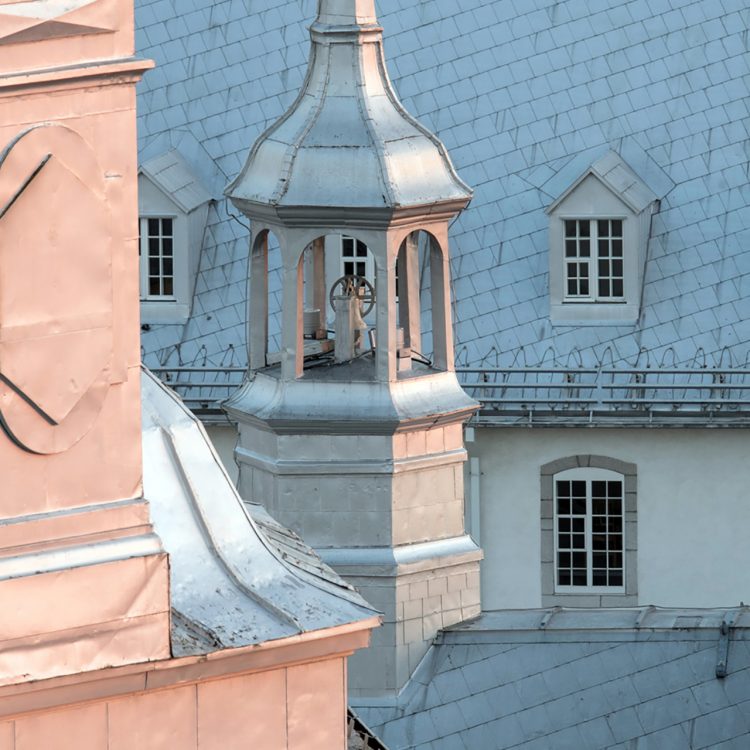
-
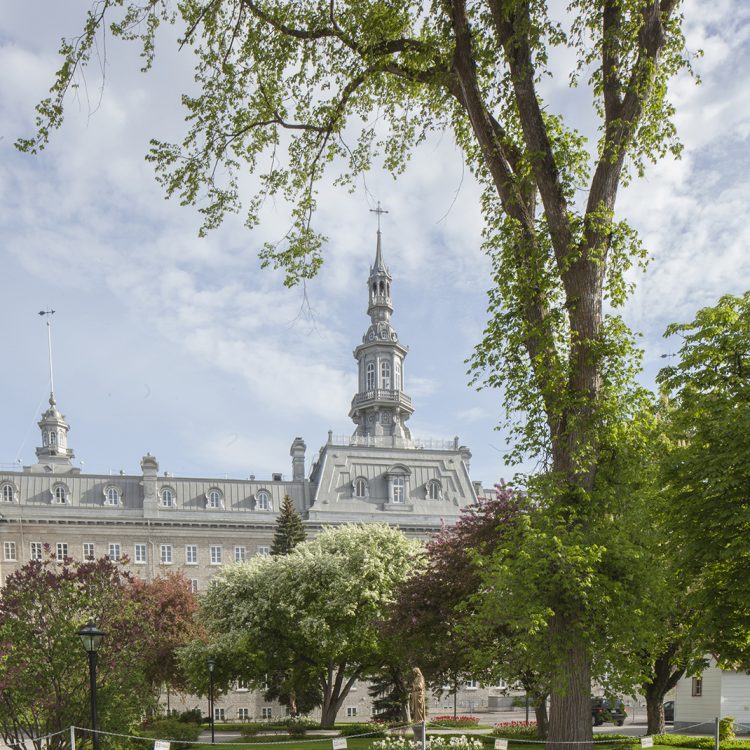
-
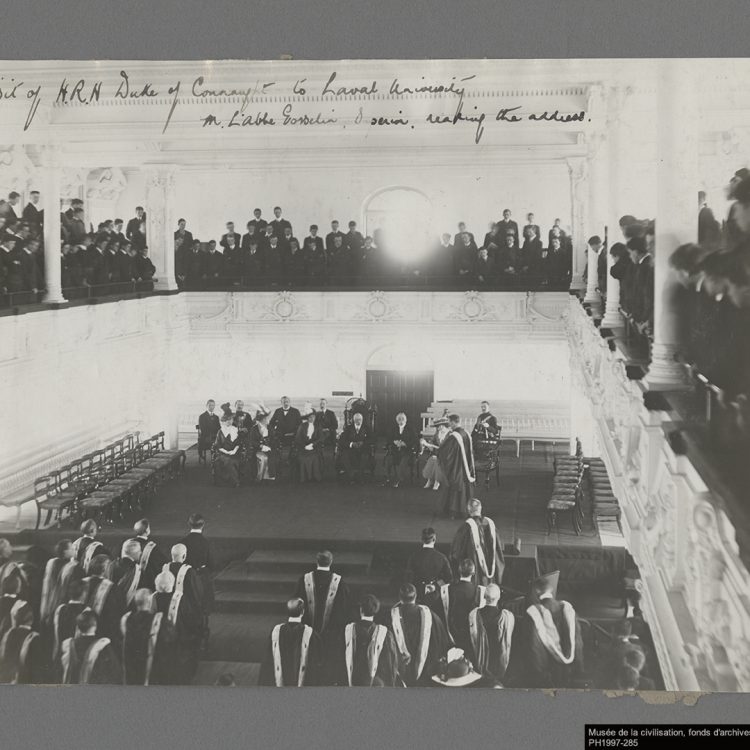
Musée de la civilisation, fonds d'archives du Séminaire de Québec, PH1997-285
-
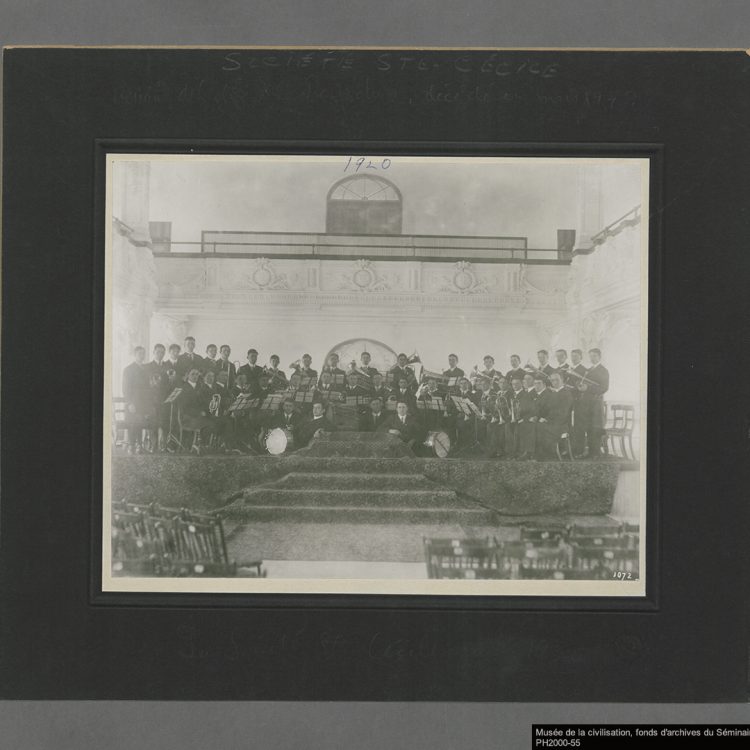
Musée de la civilisation, fonds d'archives du Séminaire de Québec, PH2000-55
-
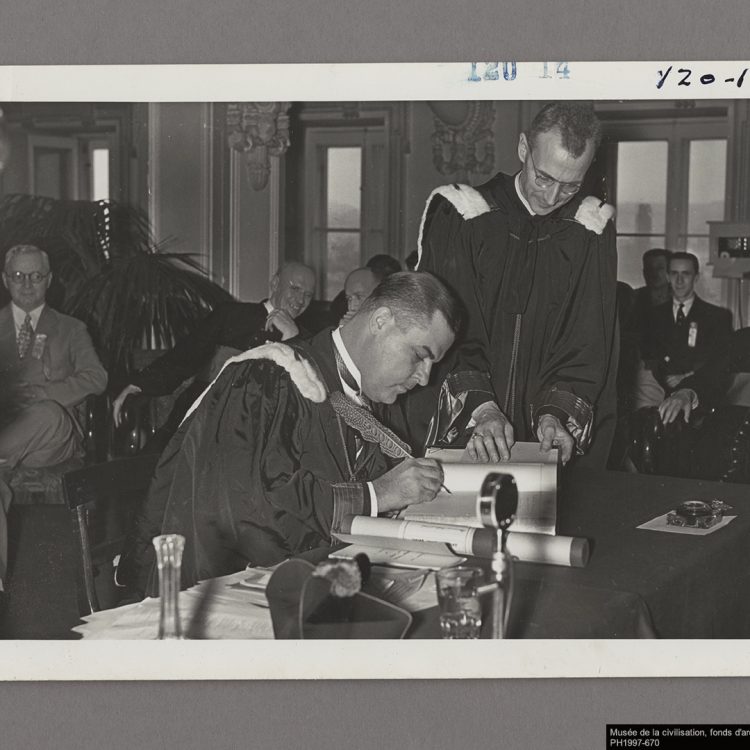
Musée de la civilisation, fonds d'archives du Séminaire de Québec, PH1997-670
-
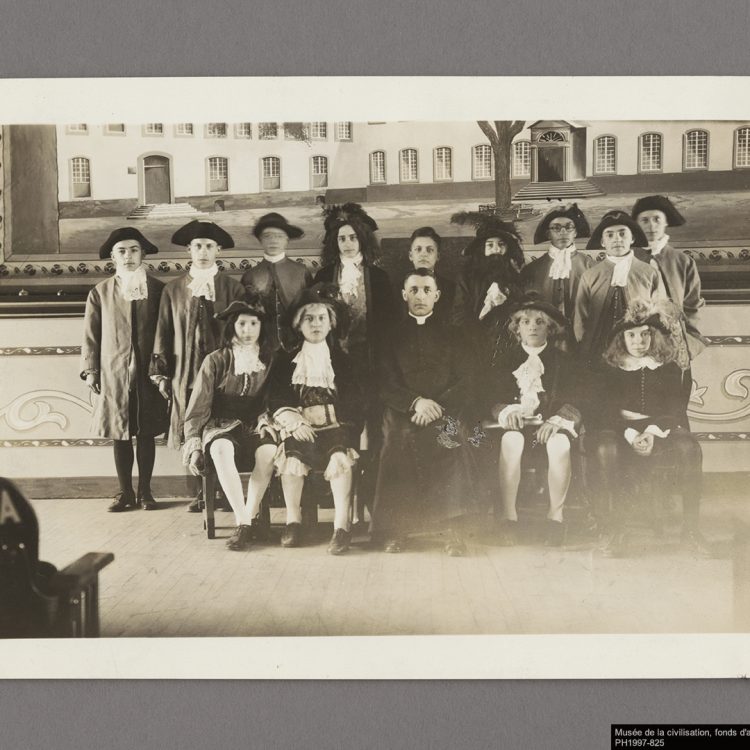
Musée de la civilisation, fonds d'archives du Séminaire de Québec, PH1997-825
